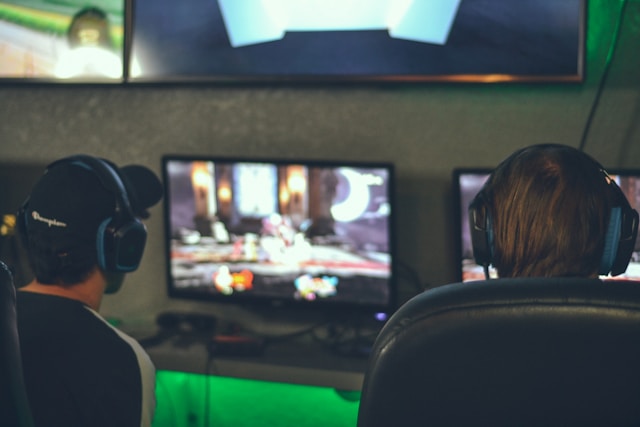The evolution of graphics technology has been a cornerstone of the gaming industry’s growth, influencing everything from game design to player performance. In esports, where milliseconds and minute details can dictate the outcome of a match, advanced graphics technologies play a pivotal role. This article explores how cutting-edge graphics are shaping the competitive landscape of esports.
Graphics Technology Enhances Game Realism and Immersion
High-fidelity graphics bring a level of realism and immersion that was unimaginable a decade ago. For esports athletes, this realism isn’t just about aesthetics; it directly impacts gameplay. Detailed environments can provide more information and cues that players need to make strategic decisions quickly. For instance, better lighting effects can reveal an opponent’s position, or enhanced textures can offer clues about terrain navigability.
Improved Visuals Lead to Higher Engagement and Accessibility
The visual appeal of games equipped with advanced graphics technologies attracts not only players but also spectators, making esports events more engaging and accessible. High-resolution visuals ensure that even viewers without deep game knowledge can appreciate the complexity and skill involved in competitive play. This accessibility is crucial for growing the esports audience and expanding its reach into mainstream entertainment.
Training and Performance
Esports teams and players spend countless hours training to compete at the highest levels, and graphics technology can significantly impact their training efficiency. High frame rates and resolutions allow for smoother gameplay, which is crucial for developing and refining fast-twitch reflexes and hand-eye coordination. Players can react more quickly and accurately when the game runs smoothly, which is only possible with robust graphics processing.
Moreover, with the rise of VR and AR in training environments, players can immerse themselves in highly realistic simulations that mimic actual competition settings. These technologies allow players to practice in a controlled environment where every aspect of the game can be manipulated and analyzed for maximum performance enhancement.
Challenges and Considerations
While the benefits are significant, the reliance on advanced graphics technology does raise some challenges. The need for high-end hardware to support the latest graphics can be a barrier to entry for aspiring esports professionals. There’s also the issue of ensuring that competitive play remains fair and that no player gains an undue advantage simply due to superior hardware.
Health and Wellness in Esports
The demands on esports athletes are not just physical but also visual. Prolonged exposure to intense graphics and bright screens can strain the eyes and affect overall health. Adequate measures, such as regular breaks, proper lighting, and ergonomic setups, are essential for maintaining health and performance. For more insights on maintaining health in the gaming world, Wakanda33 offers resources and advice tailored to the needs of gamers and esports enthusiasts.
Looking Ahead
As graphics technology continues to evolve, its impact on esports will likely grow. The ongoing development of more immersive and visually engaging games promises to not only enhance player performance but also transform the spectator experience, making esports an even more thrilling and inclusive field.
In conclusion, while advanced graphics technologies provide numerous advantages in esports, balancing these benefits with accessibility and health considerations will be crucial as the industry moves forward. As esports continues to push the limits of what’s possible in competitive gaming, graphics technology will undoubtedly play a starring role in shaping its future.
